Thulitha Senevirathna
A Survey on XAI for Beyond 5G Security: Technical Aspects, Use Cases, Challenges and Research Directions
Apr 27, 2022
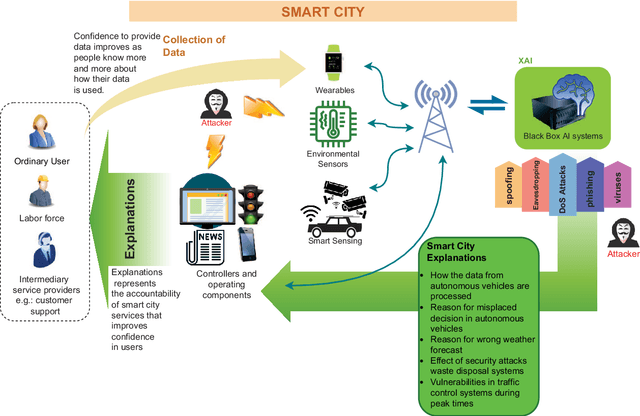
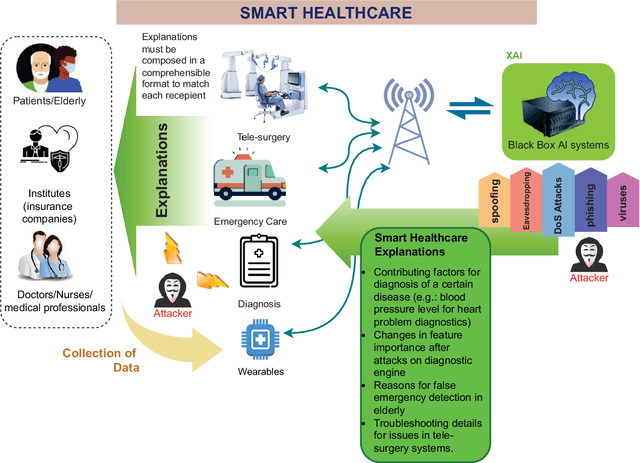
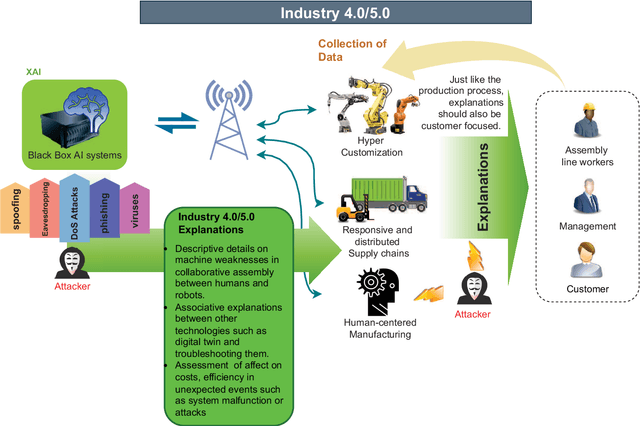
Abstract:With the advent of 5G commercialization, the need for more reliable, faster, and intelligent telecommunication systems are envisaged for the next generation beyond 5G (B5G) radio access technologies. Artificial Intelligence (AI) and Machine Learning (ML) are not just immensely popular in the service layer applications but also have been proposed as essential enablers in many aspects of B5G networks, from IoT devices and edge computing to cloud-based infrastructures. However, most of the existing surveys in B5G security focus on the performance of AI/ML models and their accuracy, but they often overlook the accountability and trustworthiness of the models' decisions. Explainable AI (XAI) methods are promising techniques that would allow system developers to identify the internal workings of AI/ML black-box models. The goal of using XAI in the security domain of B5G is to allow the decision-making processes of the security of systems to be transparent and comprehensible to stakeholders making the systems accountable for automated actions. In every facet of the forthcoming B5G era, including B5G technologies such as RAN, zero-touch network management, E2E slicing, this survey emphasizes the role of XAI in them and the use cases that the general users would ultimately enjoy. Furthermore, we presented the lessons learned from recent efforts and future research directions on top of the currently conducted projects involving XAI.
Event-Driven Source Traffic Prediction in Machine-Type Communications Using LSTM Networks
Jan 12, 2021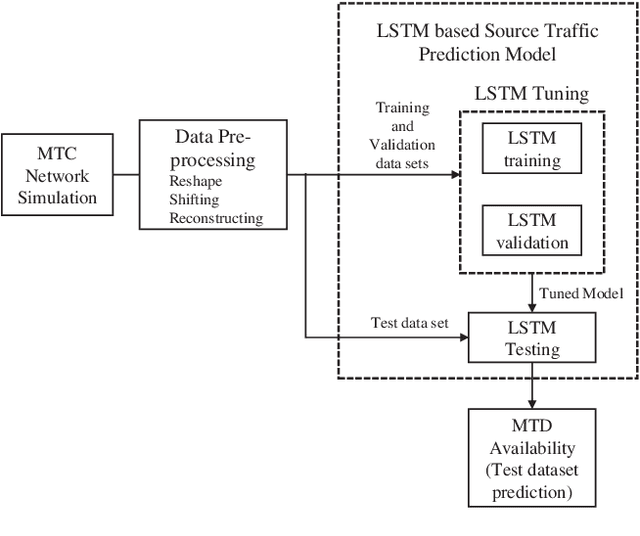
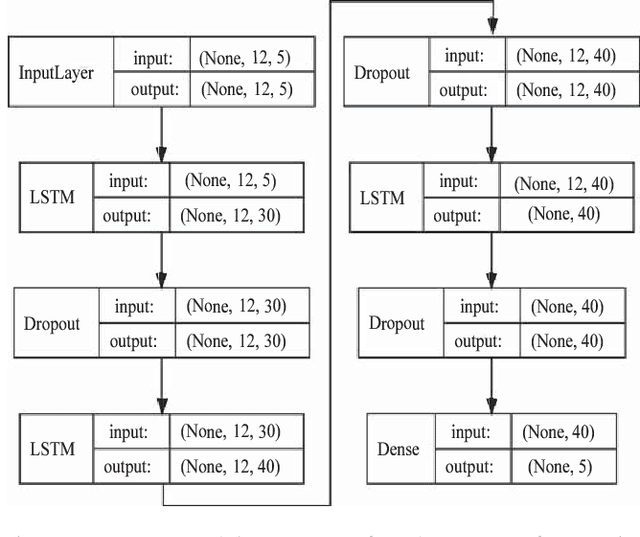
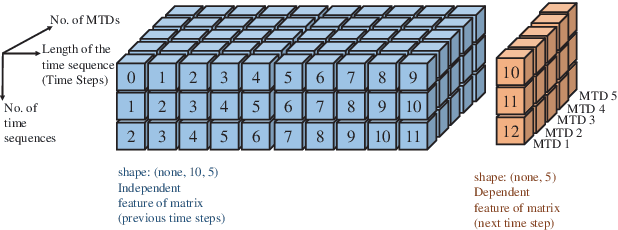
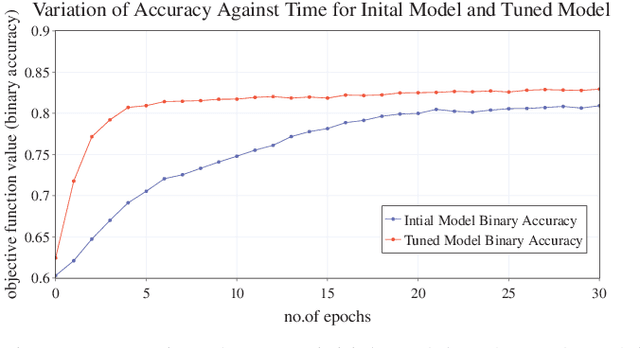
Abstract:Source traffic prediction is one of the main challenges of enabling predictive resource allocation in machine type communications (MTC). In this paper, a Long Short-Term Memory (LSTM) based deep learning approach is proposed for event-driven source traffic prediction. The source traffic prediction problem can be formulated as a sequence generation task where the main focus is predicting the transmission states of machine-type devices (MTDs) based on their past transmission data. This is done by restructuring the transmission data in a way that the LSTM network can identify the causal relationship between the devices. Knowledge of such a causal relationship can enable event-driven traffic prediction. The performance of the proposed approach is studied using data regarding events from MTDs with different ranges of entropy. Our model outperforms existing baseline solutions in saving resources and accuracy with a margin of around 9%. Reduction in Random Access (RA) requests by our model is also analyzed to demonstrate the low amount of signaling required as a result of our proposed LSTM based source traffic prediction approach.
 Add to Chrome
Add to Chrome Add to Firefox
Add to Firefox Add to Edge
Add to Edge